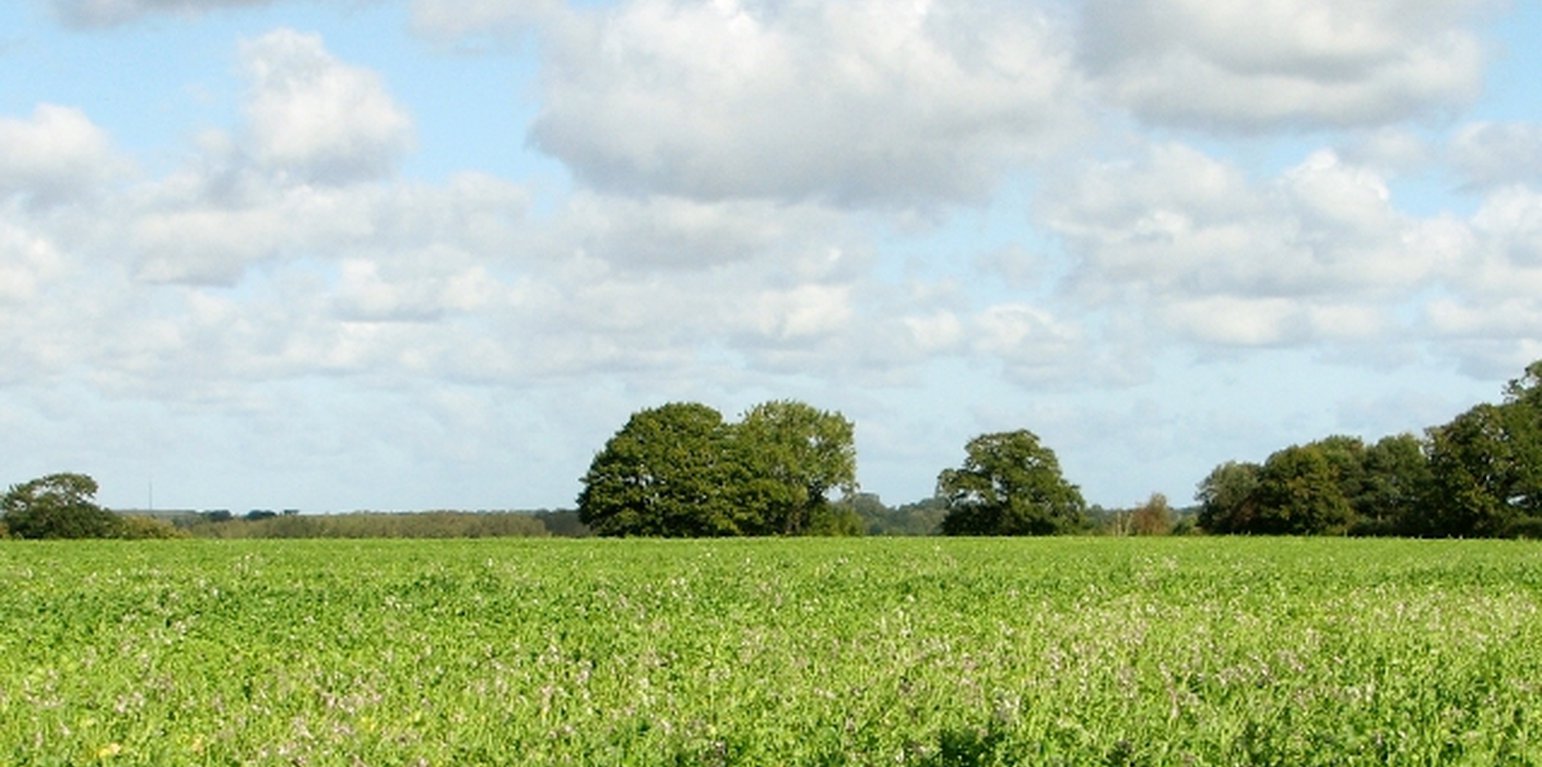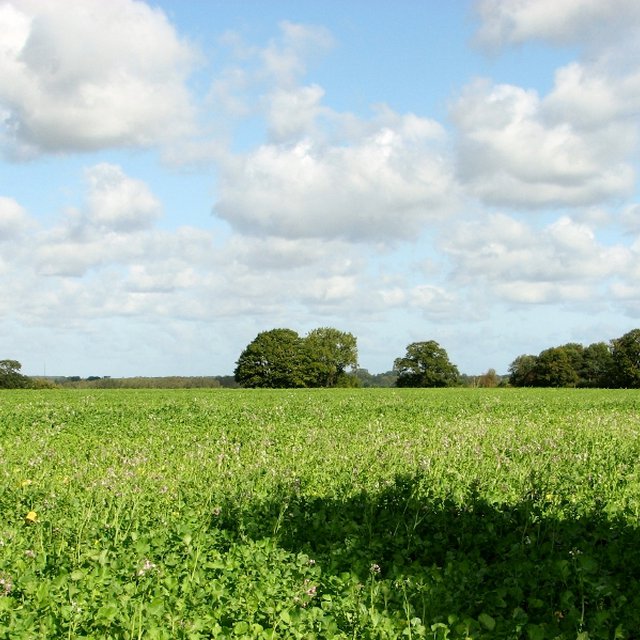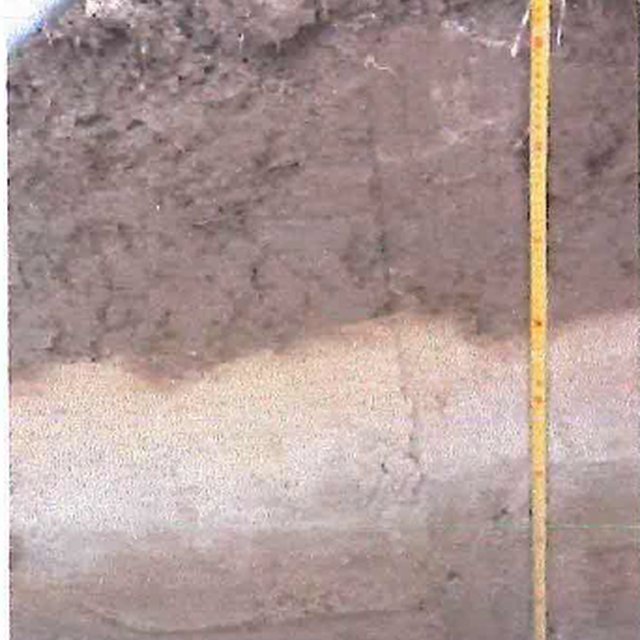



Zeeland is the least populated area of the Netherlands. It consists of islands and peninsulas with almost half the area covered by water, but is also the largest agricultural province of the country. Significant areas are below sea level. Zeeland is known for its onion production, but also potatoes, grain legumes, sugar beet, wheat/grain and flax. The SLM technology described here, on Functional AgroBiodiversity, is applied in the North-West of the FABulous Farmers project pilot area, Zeeland.
The technology is being implemented on a 40 ha area after the harvest of the main crop in autumn. The land is fertilized with mushroom compost ("champost") a by-product of the mushroom production industry, then a cover crop is sown, which is cut and shallow tilled into the soil as a green manure in early spring.
The aim is to increase the organic matter content in the soil to support the growth of (micro-) organisms, improve the water buffering capacity and increase soil fertility. Improved soil health will support better crop growth and yields, with other inputs reduced, thus saving on costs. However, with machinery being used to spread the mushroom compost, the sowing of a green manure catchcrop, and mowing and tilling at the end of the season, the SLM technology is quite labour - and cost-intensive. This technology can be applied as a single operation, or repeated as long as the costs offset the benefits.
The compilation of this SLM is a part of the European Interreg project FABulous Farmers which aims to reduce the reliance on external inputs by encouraging the use of methods and interventions that increase the farm’s Functional AgroBiodiversity (FAB). Visit www.fabulousfarmers.eu and www.nweurope.eu/Fabulous-Farmers for more information.

สถานที่: Kamperland, Zeeland, เนเธอร์แลนด์
ตำนวนการวิเคราะห์เทคโนโลยี: พื้นที่เดี่ยว
การเผยแพร่ของเทคโนโลยี: ใช้ ณ จุดที่เฉพาะเจาะจงหรือเน้นไปยังบริเวณพื้นที่ขนาดเล็ก
In a permanently protected area?: ไม่ใช่
วันที่ในการดำเนินการ: 2019
ประเภทของการแนะนำ





| ปัจจัยนำเข้า | หน่วย | ปริมาณ | ค่าใช้จ่ายต่อหน่วย (Euro) | ค่าใช้จ่ายทั้งหมดต่อปัจจัยนำเข้า (Euro) | %ของค่าใช้จ่ายที่ก่อให้เกิดขึ้นโดยผู้ใช้ที่ดิน |
| แรงงาน | |||||
| Spreading champost | day | 3.0 | 150.0 | 450.0 | 100.0 |
| Cultivation | day | 3.0 | 150.0 | 450.0 | 100.0 |
| Cover crop sowing | day | 3.0 | 150.0 | 450.0 | 100.0 |
| Cutting & tilling green manure | day | 5.0 | 150.0 | 750.0 | 100.0 |
| อุปกรณ์ | |||||
| Tractor & related attachments (already owned) | machinery | 1.0 | 100.0 | ||
| วัสดุด้านพืช | |||||
| Cover crop | per ha | 40.0 | 30.0 | 1200.0 | 100.0 |
| ปุ๋ยและสารฆ่า/ยับยั้งการเจริญเติบโตของสิ่งมีชีวิต (ไบโอไซด์) | |||||
| Champost (mushroom compost) | per ha | 40.0 | 30.0 | 1200.0 | 50.0 |
| ค่าใช้จ่ายทั้งหมดของการจัดตั้งเทคโนโลยี | 4'500.0 | ||||
| Total costs for establishment of the Technology in USD | 5'294.12 | ||||
Improved soil health and nutrient availability is improving crop production & quality
Improved soil health and nutrient availability is improving crop production & quality
Champost is a relatively cheap form of compost as is a waste material and means fewer more expensive inputs are required.
Improvement in water holding capacity of soil with mushroom compost addition and less moisture loss due to cover crop
Mushroom compost and cover crop integration as a green manure is recharging the soil with available nutrients